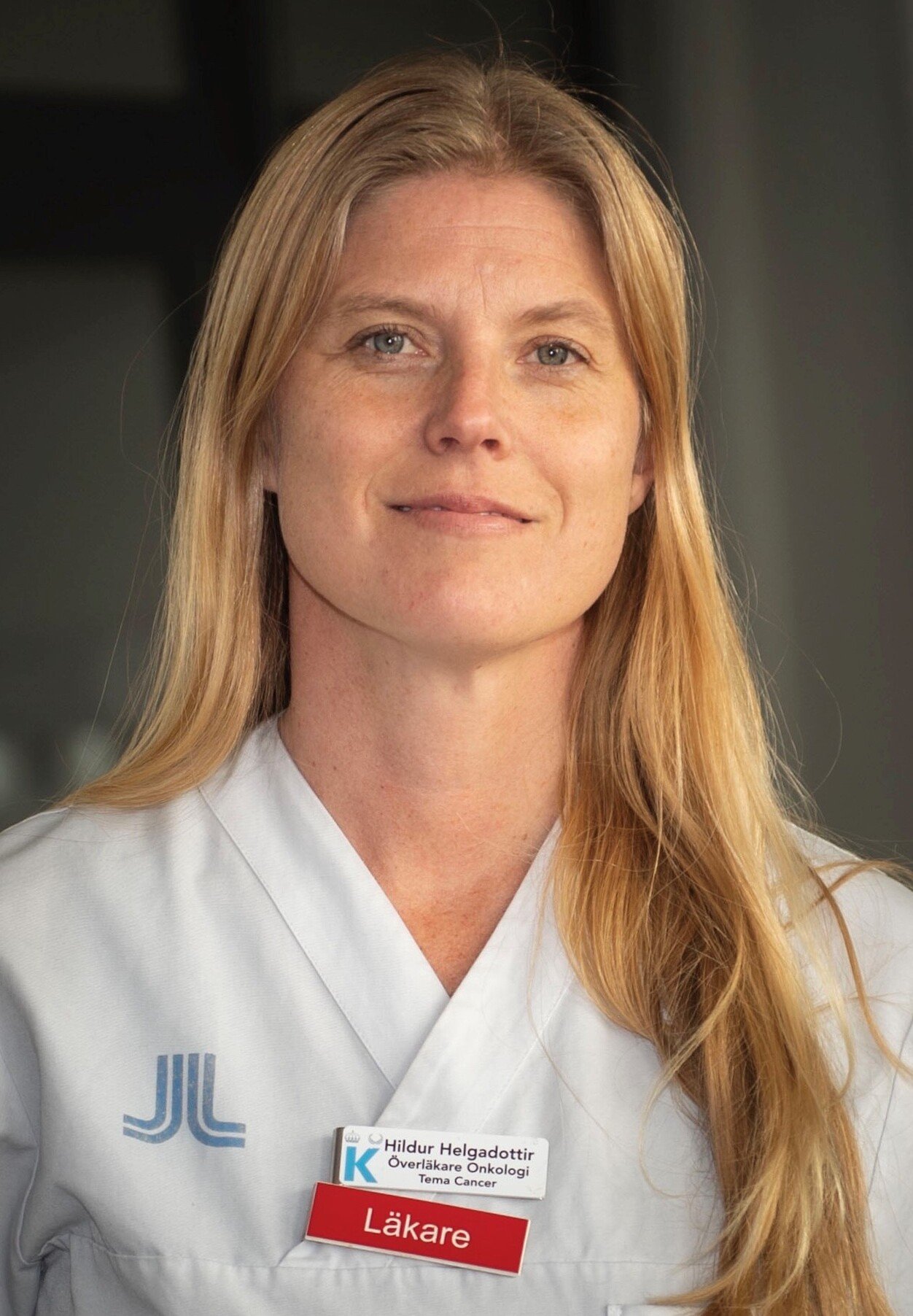The risk of skin cancer for adults under the age of 50 is now decreasing for the first time in Sweden, according to a study from Karolinska Institutet published in JAMA Dermatology.
The risk of skin cancer, malignant melanoma, now appears to be decreasing in Sweden – at least in those under 50, according to a new study.

Photo: Stefan Zimmerman
“We can see a trend break in young adults around 2015 where the incidence curves are falling,” says first author , senior consultant and associate professor of oncology at the , Karolinska Institutet.
She and her research colleagues have analyzed data from the Swedish Melanoma Registry and followed melanoma incidence and mortality for different age segments over time. This means that they have compared individuals in a certain age range at one point in time with individuals in the same age range at another point in time.
The results show that the new-onset curves for people over 50 years of age are steadily increasing, but for the age groups younger than 50 years, the new-onset curves started to decrease around 2015.
“This is the first time we see this in Sweden, and we are actually the first European country to report a decline,” says Hildur Helgadottir.
Introduction of new oncological drugs
In terms of mortality, the curves have also turned downwards for ages up to 59, but not for those over 60. Hildur Helgadottir believes that the decrease in mortality in the younger groups is due both to a reduction in the incidence of the disease and to the introduction of new oncological drugs that have improved the prognosis for the disease. She believes that the fact that mortality is not decreasing in the elderly is because the incidence of the disease is still so high in this group.
“The question is why the risk of melanoma has decreased. We have not directly analyzed the causes in our study, but we have hypotheses about factors that we believe have interacted,” says Hildur Helgadottir.
“There are four main factors,” she says.
The first is increased awareness of sun protection.
“The first national ‘Sun Safe’ campaign in the 1990s specifically highlighted the importance of protecting children. About 20 years later, we believe that this has led to a reduction in the incidence of the disease in younger adults,” says Hildur Helgadottir.
Another factor is that access to sunbeds has decreased drastically. Since 2018, there has been an 18-year age limit on sunbeds, but the number of public sunbeds decreased much earlier.
Young people spend more time indoors
Third, mobile phones and computers mean that children and young people are spending more time indoors and are not exposed to sunlight in the same way today.
Finally, immigration means that there are more individuals in Sweden with darker pigmentation who can tolerate the sun better.
“We see that it is necessary to continue the work of emphasizing the importance of sun protection so that the reduction of melanoma in younger people is maintained and that the incidence will eventually also decrease in older people,” says Hildur Helgadottir.
Hildur Helgadottir points out how necessary it is to continue to emphasize the importance of sun protection so that the reduction of melanoma in younger people is sustained and that the incidence will eventually decrease in older people as well.
“We are having an unusually warm and sunny September. It is important to remember that from April to September the sun can be strong and you should be careful,” says Hildur Helgadottir.
The research was funded by the Swedish Regional Cancer Centers, the Swedish Cancer Society, Region Stockholm, and the Research Funds of Radiumhemmet, among others. The researchers report that there are no conflicts of interest.
Publikation
, Hildur Helgadottir, Rasmus Mikiver, Karina Schultz, Kari Nielsen, Francesca Portelli, Jan Lapins, Susana Puig, Karolin Isaksson. JAMA Dermatology online September 9, 2024, doi: 10.1001/jamadermatol.2024.3514
Facts: Malignant melanoma
Malignant melanoma is a form of skin cancer that starts in the pigment cells (melanocytes) at the bottom of the epidermis. It is the second most common cancer among both women and men, after breast cancer and prostate cancer. Each year, around 5 000 people are diagnosed with malignant melanoma and around 500 die from the disease. The average age at diagnosis is just over 60 years, but each year around 750 people are diagnosed between the ages of 20 and 49.
There is a clear link between skin cancer and the sun’s ultraviolet radiation, which causes damage to the genetic material of cells. The risk of melanoma is increased in people who have been highly exposed and have had many burns from sunlight or tanning beds. It is considered particularly risky to get such damage as a child and adolescent because the skin is more vulnerable than in an adult.
Malignant melanoma is more common in people with fair skin; in people with dark skin, malignant melanoma is uncommon. Melanin-rich skin provides good protection against the disease. However, malignant melanoma and other forms of skin cancer can affect anyone, regardless of skin type.
Source: Swedish Cancer Society and ³Ô¹ÏÍøÕ¾ Board of Health and Welfare.








